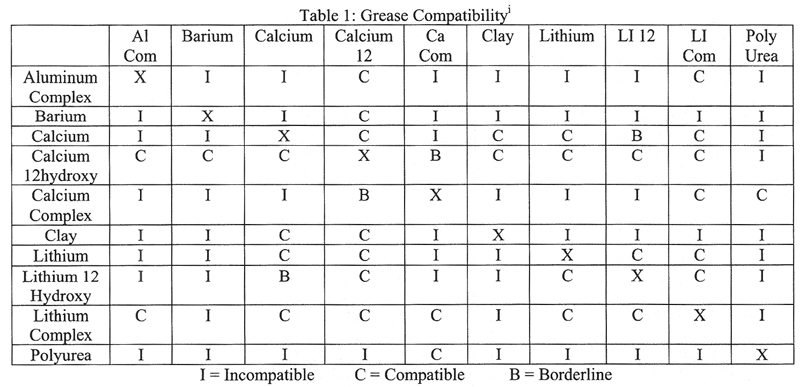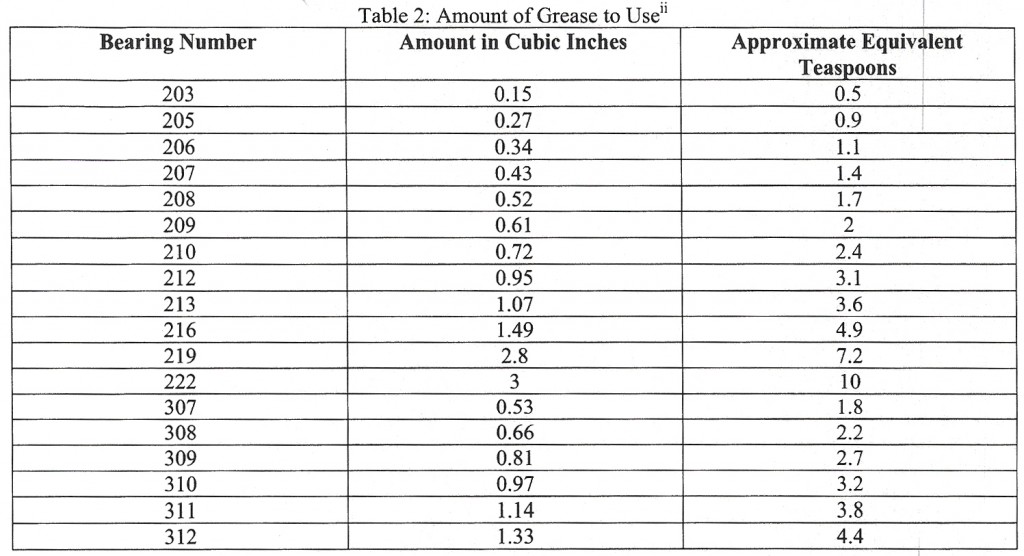Apr . 25, 2024 10:00 Back to list
Bearing failures are the major cause of electric motor downtime, repair and replacement costs
Bearing failures are the major cause of electric motor downtime, repair and replacement costs…Industry information gives that number around 80%, with 90% of those failures due to over greasing.
Our experience in our facility along with industry research involving grease manufacturers, bearing manufacturers, motor manufacturers, our industry’s technical association, and engineering companies input can shed some light on this plight. The major problems are the type of grease, the proper application of the grease, and the frequency of application.
Probably the least understood part of the problem is the grease itself. Grease is approximately ninety percent oil and ten percent thickener. The oil does the lubricating and the thickener keeps the oil in place, picture a sponge holding oil. The problem arises when you mix greases which have different thickeners. The most common thickener or base used in today’s electric motor bearings has a polyurea base. Motors come from the factory with a NLGI-2 Polyurea grease like Chevron SRI-2 or Mobil Polyrex EM. Also whenever you purchase shielded or sealed bearings from bearing manufacturers they almost always come with Polyrex EM in them unless you specify something special. The most common grease used by maintenance departments has a lithium base. Polyurea and Lithium don’t like each other, when mixed, the grease can become pure oil and flow into the motor, leaving no lubrication for the bearing. This explains why we sometimes see motors which are full of oil, the bearings have failed and the user says there is no oil anywhere near that motor. Remember the old cowboy adage “never mix gunpowder and alcohol, cause you can’t shoot it and it tastes terrible” Be sure you know which types of grease your plant uses and know which ones are compatible with one another.
Pillow block bearings, DC motors, couplings, and some crane motor manufacturers may use a different grease (usually a Lithium base), so be careful not to mix them. Also identical motors running in an Arizona copper mine may require different lube than in the artic circle. Also in the food processing industry the most important property of lubricants is that they won’t poison you if they somehow get into the food being processed.
As mentioned above, over greasing is a bigger problem than under greasing. Too much grease can act as insulation and overheat the bearing causing premature failure. It can also can move into the motor and contaminate the windings causing expensive repairs. Attached is a compatibility and frequency guideline to help you in your lubrication needs,
Priest Electric offers a bearing maintenance workshop at your plant or at our shop that goes into much more detail on bearing maintenance, contact your salesman or call our shop. Permanent, absolute bearing protection has a greater effect on motor life than any other decisions made in specifying, equipping, and caring for electric motors_ Keeping bearings lubricated with the right amount of clean, uncontaminated, high quality lubricant allows bearings in most industrial motors to outlast all other components.
- When greasing electric motors, there are a number of precautions that must be considered:
- When electric motors are manufactured, or repaired, grease fittings may be put in place on motors that are not grease able. Your supplier should be able to provide confirmation that the motor may be greased.
- Electric motors must be de-energized and locked/tagged out (LOTO) before greasing.
- There should be no paint on grease fittings.
- The average grease gun will introduce 1 ounce for every 23 strokes. Grease compatibility (See Table 1). The additives in some greases do not mix well and can cause the grease to solidify or liquefy.

Table 1: Grease Compatibility
Greasing Procedure
Following is the standard procedure for greasing ball bearings:
- Wipe grease from the pressure fitting, clean dirt, debris and paint around the grease relief plug. This prevents foreign objects from entering the grease cavity.
- Remove the grease relief plug and insert a brush into the grease relief as possible. This will remove any hardened grease. Remove the brush and wipe off any grease.
- Add grease per Table 2.
- Allow the motor to operate for approximately 30 to 40 minutes before replacing the grease relief plug. This reduces the chance that bearing housing pressure will develop.

Table 2: Amount of Grease to Use
How Often Should Bearings Be Greased?
Bearings should be lubricated at an average frequency as found in Table 3. Operational environment and type of grease may require more frequent lubrication.

Table 3: Bearing Lubrication Frequency
Conclusion:
It is recommended that the type of grease used on each motor is recorded in order to avoid premature bearing failure. In many cases, you may be able to standardize the type of grease used in the majority of your motors. It is also good practice to let your motor repair center know the type of grease used in a majority of your motors. It is also good practice to let your motor repair center know the type of grease in case the standard grease used by the repair center conflicts with your standard grease.
Latest news
-
The Science Behind Ceramic Bearings
NewsAug.08,2025
-
The Power of Deep Groove Bearings in Modern Industry
NewsAug.08,2025
-
The Evolution of Spherical Bearings
NewsAug.08,2025
-
Silicon Nitride Bearings in Aerospace
NewsAug.08,2025
-
Innovations in Spherical Plain Bearing Materials
NewsAug.08,2025
-
Advancements in Spherical Roller Bearing Design
NewsAug.08,2025